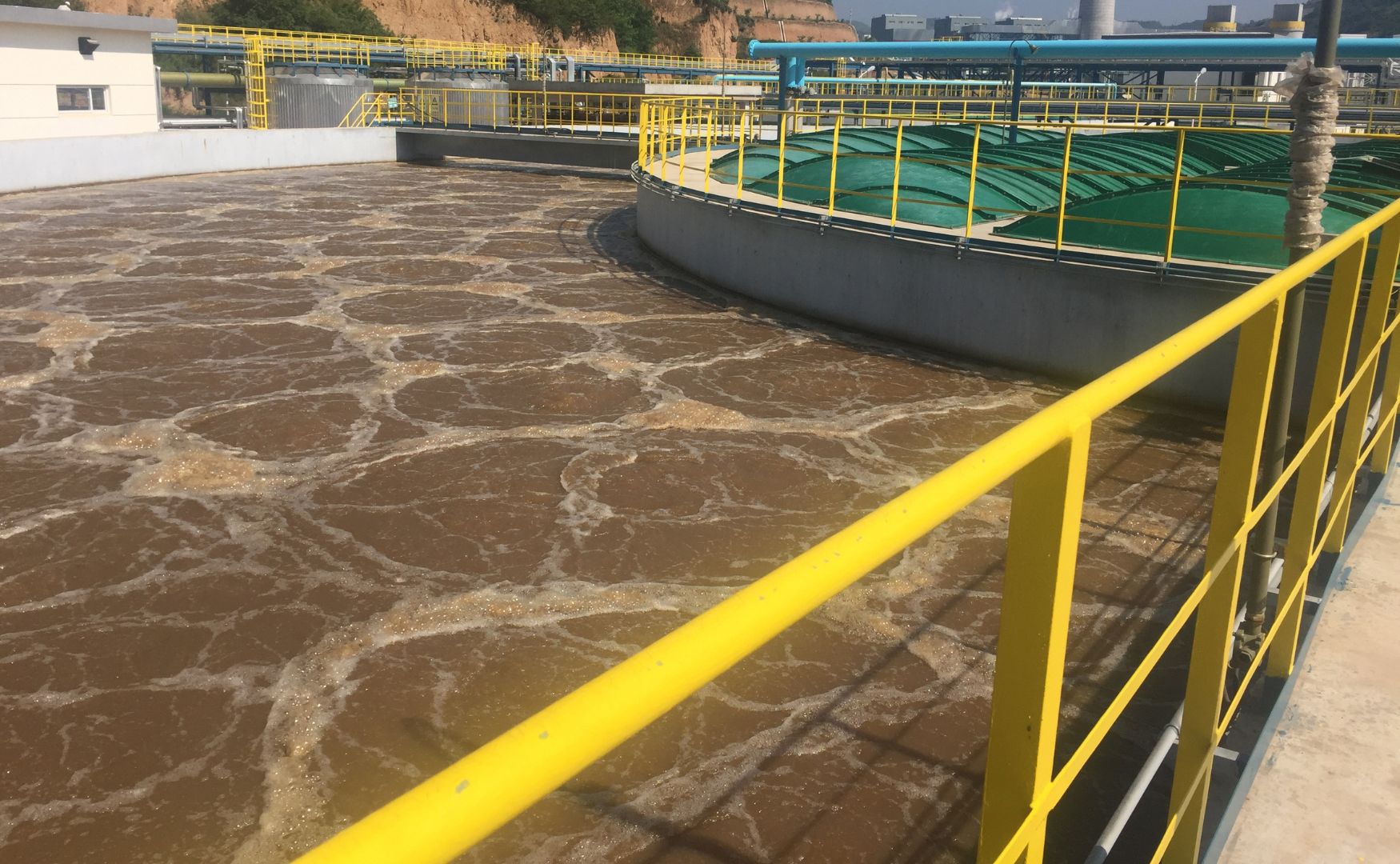Absorption is a physico-chemical process in which gases, liquids or dissolved substances are absorbed into another medium and evenly distributed there. In industrial water and wastewater treatment, absorption primarily refers to the absorption of pollutants, gases or organic compounds into a liquid or solid medium. This process is crucial for the removal of contaminants from water and wastewater and is used in various industrial applications to remove pollutants or support chemical processes.
Table of contents
Technical background
Absorption differs from adsorption, as in absorption the substances penetrate into the interior of the absorbing medium, whereas in adsorption the substances only adhere to the surface. The absorption process can take place in two ways:
Physical absorption: In this process, substances are physically dissolved in the absorbent without a chemical reaction occurring. An example of this is the absorption of carbon dioxide (CO₂) in water.
Chemical absorption: Here, an additional chemical reaction occurs between the absorbed substance and the absorbent. One example is the absorption of sulphur dioxide (SO₂) in alkaline solutions, whereby the gas is chemically bound.
Applications in water and wastewater treatment
Absorption processes are widely used in industrial water and wastewater treatment, especially for the removal of organic pollutants and dissolved gases.
Gas absorption in liquids: In wastewater treatment, gases such as carbon dioxide (CO₂) or hydrogen sulphide (H₂S) are removed from the water by transferring them to absorbents. These gases can be corrosive or harmful to health and must therefore be removed efficiently. Alkaline solutions or special absorbents are used to bind these gases.
Absorption of organic pollutants: Industrial wastewater often contains dissolved organic compounds such as pesticides, solvents or pharmaceuticals, which are removed by absorption. A common method is absorption with activated carbon, in which organic pollutants are absorbed and bound in the pores of the activated carbon. This method is used in the pharmaceutical industry, the food industry and other sectors where organic contaminants need to be removed from the water.
Biological purification processes: Absorption processes play a role in biological wastewater treatment plants when microorganisms absorb dissolved pollutants and use them as nutrients. This process efficiently breaks down organic pollutants. Absorption is used in combination with biological processes, particularly for the removal of nitrogen or the degradation of organic substances in aeration tanks.
Absorbent
Choosing the right absorbent is crucial for the efficiency of the absorption process. Common absorbents are
Water: Water is often used as an absorbent for water-soluble gases, such as ammonia (NH₃) or carbon dioxide (CO₂), and is frequently used in gas treatment.
Activated carbon: Due to its large inner surface area, activated carbon has a high capacity for absorbing organic pollutants. It is often used to remove organic compounds, pharmaceuticals and pesticides from water and wastewater.
Chemical solutions: Alkaline or acidic solutions are used to absorb and chemically neutralize specific gases.
Applications of absorption systems in practice
1. activated charcoal filter
Activated carbon filters are based on the principle of absorption and are used both in drinking water treatment and in wastewater treatment. The large inner surface of the activated carbon removes organic pollutants such as solvents and pesticides from the water. Activated carbon filters are particularly common in industries with high water quality requirements, such as the food and beverage industry or in sewage treatment plants.

Photo: Industrial activated carbon filters in GRP tanks(ALMA FIL AK)
2. biological reactors
In biological reactors, especially in activated sludge plants, organic substances and dissolved pollutants are absorbed and broken down by microorganisms. This process combines absorption and biodegradation to efficiently remove pollutants and purify the wastewater.

Photo: Aeration tank of an industrial wastewater treatment plant(ALMA BHU BIO)
Factors influencing absorption
The efficiency of absorption is influenced by various factors:
Differences in concentration: The greater the difference in concentration between the substance to be absorbed and the absorbent, the more effective and faster the absorption will be.
Temperature: Temperature influences the solubility of gases in liquids. Higher temperatures can reduce physical absorption, while they often accelerate chemical absorption processes.
Surface area of the absorbent: An absorbent with a large surface area, such as activated carbon, increases the efficiency of the process as more pollutants can be absorbed.
Conclusion
Absorption is a key process in industrial water and wastewater treatment that contributes to the efficient removal of organic compounds and gases. Whether through the use of activated carbon filters (ALMA FIL AK), the absorption of pollutants in microorganisms or the physical absorption of gases in water - the choice of the appropriate absorbent and the right process control are crucial for the effectiveness of pollutant removal.







